Blogs & News
We are focus on automotive wiring harness & connectors technology.
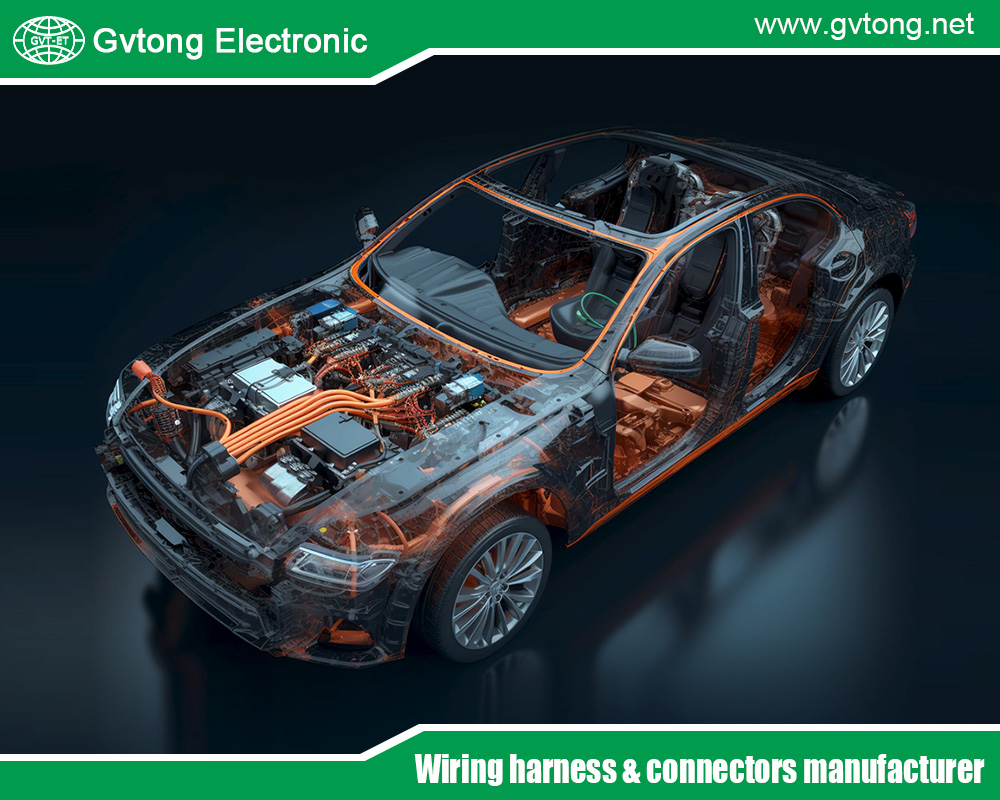
A Guide for Heavy-Duty Connectors to Assist Semis in Moving Forward
- Gvtong Electronic
- 48V board net connectors, ADAS sensor connectors, Anti-vibration automotive connectors, Automated assembly connectors, automotive connector, automotive diagnostic connector, automotive High voltage connector, automotive hybrid connector, automotive optical fiber connector, Automotive shielded connectors, automotive waterproof connectors, automotive wiring hamess, Automotive-grade AEC-Q200 connectors, Battery management system (BMS) connectors, Cost-effective automotive connectors, EV charging connectors, Fuel cell connectors, Halogen-free automotive connectors, Heavy-Duty Connectors, Heavy-Duty Connectors Campany, Heavy-Duty Connectors Factory, Heavy-Duty Connectors Manufacturer, Heavy-Duty Connectors Supplier, High-speed data connectors, High-temperature resistant connectors, Lightweight automotive connectors, Low-contact resistance connectors, Modular automotive connectors, Multi-variation connectors, OEM-specific connectors, Oil-resistant automotive connectors, Pre-charge/discharge connectors, Quick-fit automotive connectors, Recyclable material connectors, Redundant safety connectors, Thermal management connectors, Wireless charging connectors
- No Comments
A Guide for Heavy-Duty Connectors to Assist Semis in Moving Forward
Semi-trucks, the backbone of global logistics, rely on intricate systems to haul massive loads across vast distances. Among the critical components ensuring their performance are heavy-duty connectors—robust electrical and mechanical interfaces that facilitate reliable power, data, and signal transmission in demanding environments. These connectors are vital for the seamless operation of semi-trucks, supporting everything from engine control units to trailer communication systems. Without them, the modern semi-truck’s ability to transport goods efficiently would be compromised.
Heavy-duty connectors are engineered to withstand extreme conditions, including vibrations, temperature fluctuations, and exposure to dust, water, and chemicals. Their role in ensuring safety, efficiency, and connectivity in semi-trucks cannot be overstated. As the trucking industry evolves with advancements in electric and autonomous vehicles, the demand for reliable, high-performance connectors is growing. This guide explores the purpose, types, applications, and selection criteria for heavy-duty connectors, offering insights into their maintenance and emerging trends. Whether you’re a fleet manager, mechanic, or trucking enthusiast, understanding these components is key to keeping semis moving forward.
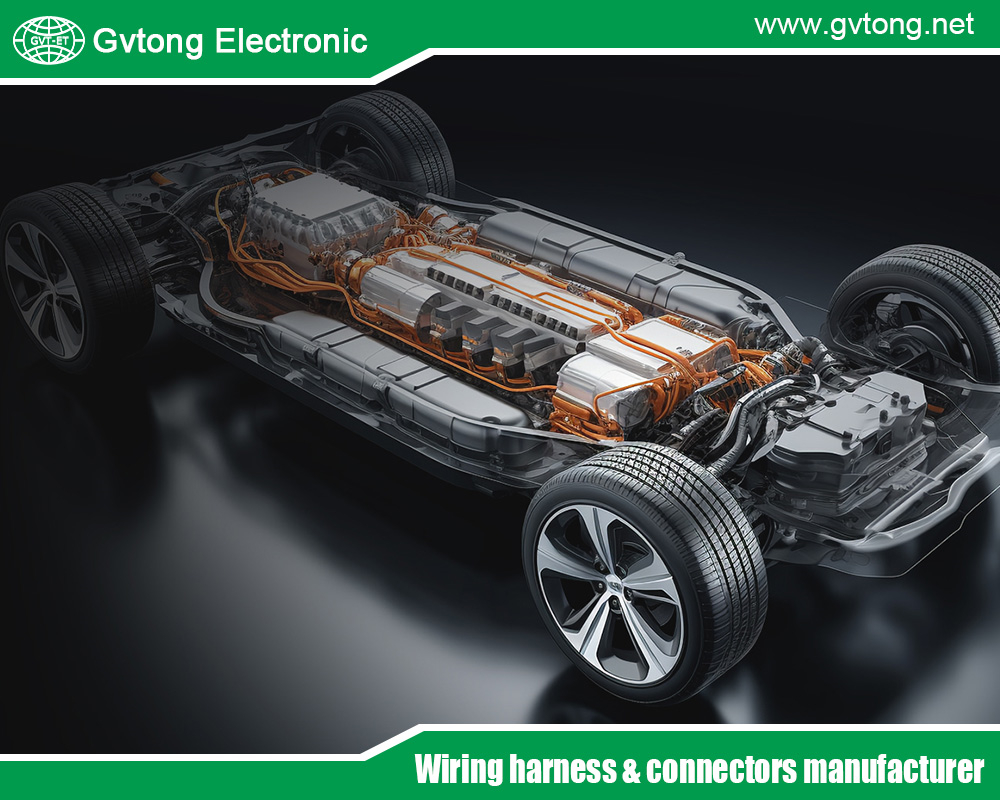
What Are Heavy-Duty Connectors?
Heavy-duty connectors are specialized electrical and mechanical components designed to provide secure, reliable connections in harsh environments. Unlike standard connectors, they are built to endure the extreme conditions encountered by semi-trucks, such as constant vibrations, high temperatures, moisture, and dust. These connectors typically consist of a housing, contacts, and sealing mechanisms, ensuring robust performance in critical systems like power distribution, data communication, and trailer-to-tractor interfaces.
In semi-trucks, heavy-duty connectors serve as the backbone for electrical systems, linking components such as batteries, alternators, sensors, and electronic control units (ECUs). They also enable communication between the tractor and trailer, ensuring that braking systems, lighting, and telemetry data function seamlessly. Their durability is achieved through materials like high-grade plastics, corrosion-resistant metals, and advanced sealing technologies that meet standards such as IP67 or IP69K for water and dust resistance.
The importance of heavy-duty connectors lies in their ability to maintain uninterrupted performance. A single faulty connection can lead to system failures, resulting in costly downtime or safety hazards. For instance, a loose trailer connector could disable brake lights, increasing the risk of accidents. As semi-trucks incorporate more electronics for fuel efficiency, safety, and autonomous driving, the role of these connectors becomes even more critical, making them indispensable in modern trucking.
Types of Heavy-Duty Connectors Used in Semi-Trucks
Heavy-duty connectors come in various types, each designed for specific applications in semi-trucks. Below are the most common types and their roles:
- Circular Connectors: These are widely used in semi-trucks due to their compact design and ability to handle multiple signals. Circular connectors, such as 7-pin or 13-pin variants, are standard for trailer-to-tractor connections, transmitting power for lighting, brakes, and auxiliary systems. They feature robust locking mechanisms to prevent disconnection during vibrations.
- Rectangular Connectors: Known for their modularity, rectangular connectors are used in applications requiring high pin counts, such as connecting ECUs or wiring harnesses. Their customizable configurations make them ideal for complex systems like anti-lock braking systems (ABS) or telematics.
- Deutsch Connectors: Popular in heavy-duty vehicles, Deutsch connectors are known for their ruggedness and environmental sealing. They are commonly used in engine compartments and chassis wiring, where exposure to oil, fuel, and extreme temperatures is frequent.
- SAE J1939 Connectors: These are specialized for data communication in semi-trucks, adhering to the SAE J1939 protocol used in Controller Area Network (CAN) systems. They enable real-time data exchange between the truck’s engine, transmission, and diagnostic systems, supporting features like fuel efficiency monitoring and predictive maintenance.
- Battery and Power Connectors: Designed for high-current applications, these connectors link batteries to starters and alternators. They are built to handle high amperage while resisting corrosion and overheating, ensuring reliable power delivery.
Each type of connector is selected based on its specific application, environmental requirements, and electrical demands. For example, connectors in the trailer coupling area must prioritize weather resistance, while those in the engine bay need to withstand heat and vibration. Understanding the distinct roles of these connectors helps fleet operators and mechanics choose the right components for their vehicles.
Applications of Heavy-Duty Connectors in Semi-Trucks
Heavy-duty connectors play a pivotal role in multiple systems within semi-trucks, ensuring operational efficiency and safety. Here are their key applications:
- Trailer Connectivity: Connectors like the 7-pin or 13-pin circular types link the tractor to the trailer, enabling power and signal transmission for lighting, brakes, and turn signals. Reliable trailer connectors are critical for compliance with road safety regulations.
- Engine and Powertrain Systems: Connectors in the engine compartment facilitate communication between the ECU, sensors, and actuators. They ensure precise control of fuel injection, turbocharging, and exhaust systems, optimizing performance and emissions.
- Telematics and Diagnostics: Modern semi-trucks rely on connectors like SAE J1939 to support telematics systems, which monitor fuel consumption, driver behavior, and vehicle health. These connectors enable real-time data transmission to fleet management systems, improving operational efficiency.
- Safety Systems: Connectors support critical safety features like ABS, electronic stability control (ESC), and collision avoidance systems. They ensure reliable data transfer between sensors and control modules, reducing the risk of accidents.
- Electric and Hybrid Systems: As electric semi-trucks gain traction, heavy-duty connectors are essential for high-voltage battery systems and charging interfaces. They must handle high currents while maintaining safety and thermal stability.
- Auxiliary Systems: Connectors power auxiliary components like refrigeration units, liftgates, and onboard electronics. Their reliability ensures these systems operate without draining the truck’s primary power supply.
By enabling seamless communication and power delivery, heavy-duty connectors enhance the functionality and safety of semi-trucks. Their failure can lead to costly repairs, downtime, or regulatory violations, underscoring their importance in the trucking industry.
How to Select the Right Heavy-Duty Connector
Choosing the right heavy-duty connector for a semi-truck requires careful consideration of several factors to ensure reliability and compatibility. Here are key criteria to guide the selection process:
- Environmental Resistance: Connectors must withstand the truck’s operating conditions. Look for IP ratings (e.g., IP67 or IP69K) to ensure protection against dust, water, and chemicals. For example, connectors in the chassis or trailer coupling area need superior weather resistance.
- Electrical Requirements: Assess the connector’s voltage, current, and signal requirements. High-current connectors are needed for battery systems, while low-current, high-pin-count connectors suit data-heavy applications like telematics.
- Mechanical Durability: Connectors should resist vibrations, shocks, and mechanical stress. Features like locking mechanisms and strain relief enhance durability, especially in high-vibration areas like the engine bay.
- Compatibility: Ensure the connector matches the truck’s wiring harness and system standards, such as SAE J1939 for CAN bus systems. Compatibility with existing components reduces installation time and costs.
- Material Quality: Opt for connectors made from corrosion-resistant materials like stainless steel or high-grade thermoplastics. These materials ensure longevity in harsh environments.
- Ease of Maintenance: Connectors with modular designs or easy-to-replace contacts simplify repairs, reducing downtime. Quick-disconnect features are beneficial for frequent maintenance tasks.
- ertifications and Standards: Choose connectors that meet industry standards like ISO, SAE, or MIL-SPEC. Compliance ensures safety and reliability in demanding applications.
Fleet managers and mechanics should consult with manufacturers or suppliers to match connectors to specific truck models and applications. For example, a long-haul semi operating in extreme climates may require connectors with higher IP ratings than a regional delivery truck. Testing connectors in real-world conditions before full deployment can also prevent costly failures.
Maintenance and Troubleshooting of Heavy-Duty Connectors
Proper maintenance of heavy-duty connectors is essential to prevent failures and extend their lifespan. Here are best practices and troubleshooting tips:
- Regular Inspections: Routinely check connectors for signs of wear, corrosion, or loose connections. Pay special attention to trailer connectors and those in high-vibration areas.
- Cleaning: Use contact cleaners to remove dirt, grease, or corrosion from connector pins and housings. Avoid abrasive tools that could damage sealing surfaces.
- Sealing Integrity: Ensure gaskets and seals remain intact to maintain IP ratings. Replace damaged seals promptly to prevent water or dust ingress.
- Lubrication: Apply dielectric grease to connector contacts to prevent corrosion and improve conductivity, especially in wet or salty environments.
- Secure Connections: Tighten locking mechanisms and ensure proper mating of connectors to avoid intermittent signals or power loss.
- Troubleshooting Common Issues:
- Intermittent Connections: Check for loose pins, damaged wires, or worn contacts. Reseat or replace the connector as needed.
- Corrosion: Inspect for green or white buildup on contacts, indicating corrosion. Clean or replace affected components.
- Overheating: High resistance due to poor connections can cause overheating. Verify current ratings and check for damaged insulation.
- Signal Loss: For data connectors, ensure proper termination and shielding to prevent electromagnetic interference.
Implementing a preventive maintenance schedule reduces the risk of connector-related failures, ensuring semi-trucks remain operational and compliant with safety standards.
Future Trends in Heavy-Duty Connectors for Semi-Trucks
The trucking industry is undergoing a transformation with the rise of electric, hybrid, and autonomous semi-trucks. Heavy-duty connectors are evolving to meet these new demands:
- High-Voltage Connectors: Electric semi-trucks require connectors capable of handling high voltages (up to 800V) for battery systems and fast-charging infrastructure. These connectors prioritize safety and thermal management.
- Smart Connectors: Advances in connector technology include embedded sensors for real-time monitoring of connection integrity, temperature, and wear. These smart connectors enable predictive maintenance, reducing downtime.
- Compact and Lightweight Designs: To improve fuel efficiency and payload capacity, manufacturers are developing smaller, lighter connectors without compromising durability or performance.
- Enhanced Data Connectivity: Autonomous trucks rely on high-speed data transfer for sensors, cameras, and vehicle-to-vehicle communication. Connectors supporting protocols like Ethernet or CAN-FD are becoming standard.
- Sustainability: Eco-friendly materials and manufacturing processes are gaining traction, aligning with the industry’s push for greener technologies.
- Standardization: As the industry adopts new technologies, standardized connectors for electric and autonomous systems are emerging, simplifying integration and reducing costs.
These trends highlight the critical role of heavy-duty connectors in the future of trucking. Staying informed about these advancements allows fleet operators to future-proof their vehicles and maintain a competitive edge.
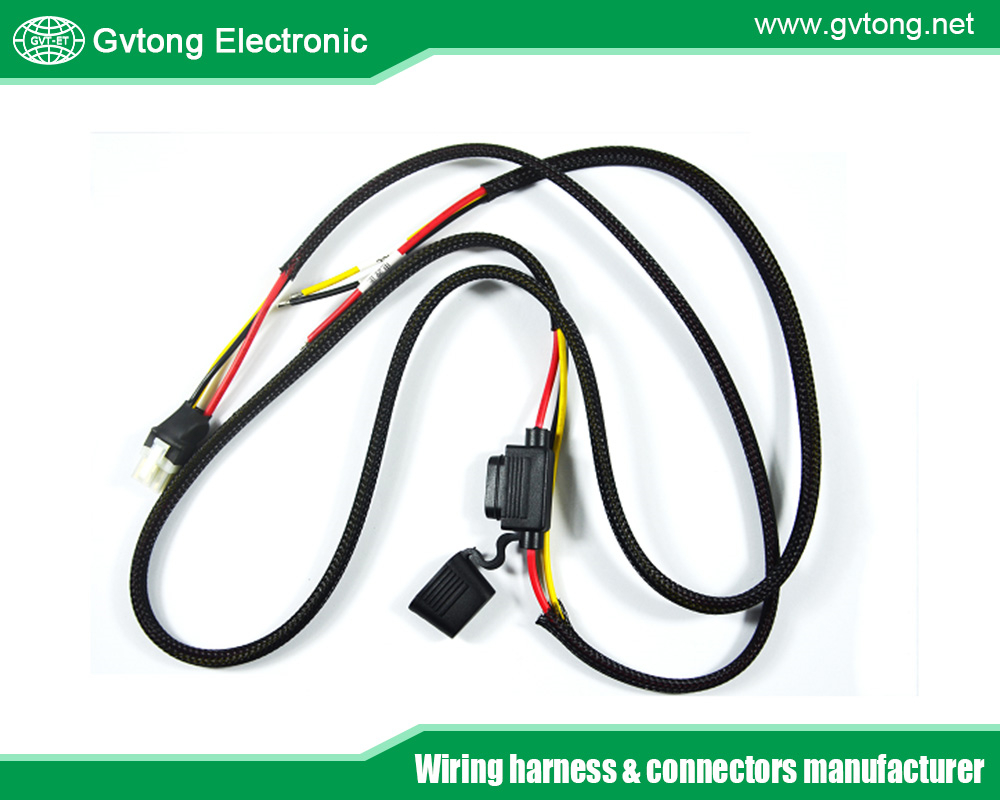
Conclusion
Heavy-duty connectors are the unsung heroes of semi-trucks, ensuring reliable power, data, and signal transmission in the harshest conditions. From trailer connectivity to engine control and telematics, these components are vital for safety, efficiency, and compliance in the trucking industry. Understanding the types, applications, and selection criteria for heavy-duty connectors empowers fleet managers, mechanics, and operators to make informed decisions, minimizing downtime and enhancing performance.
As the industry shifts toward electric and autonomous vehicles, heavy-duty connectors are evolving to meet new challenges, from high-voltage systems to high-speed data transfer. Proper maintenance and staying abreast of emerging trends will ensure these connectors continue to support the demands of modern semi-trucks. By investing in high-quality connectors and adhering to best practices, the trucking industry can keep goods moving efficiently and safely, driving progress on the road ahead.
For more about a guide for heavy-duty connectors to assist semis in moving forward, you can pay a visit to Gvtong at https://www.gvtong.net/ for more info.
Recent Posts
The Best GR Series-Circular Connectors Manufacturer
The Best GD Series Combined Power Connector Manufacturer
A Guide to Selecting the Best GH Series Plastic Connector Manufacturer
How High Pressure Connectors Work?
The Best Automotive Connector Companies
Tags
Recommended Products
-
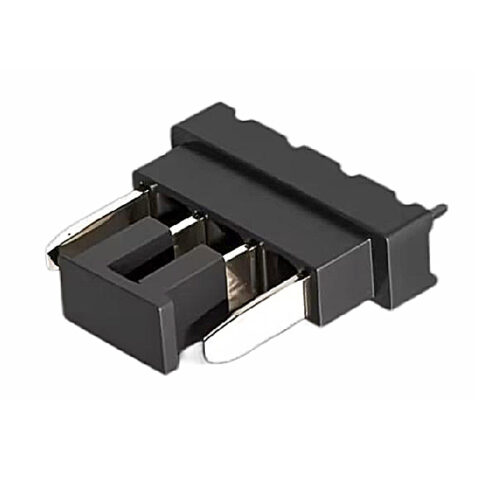
GE Series-WTB 4pin Connector Plug
-
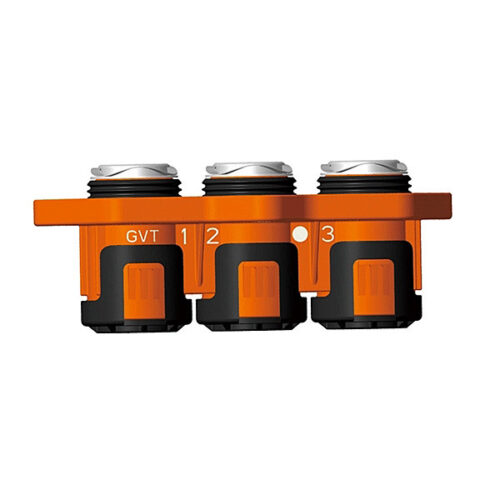
GIPT three-core wiring connector
-
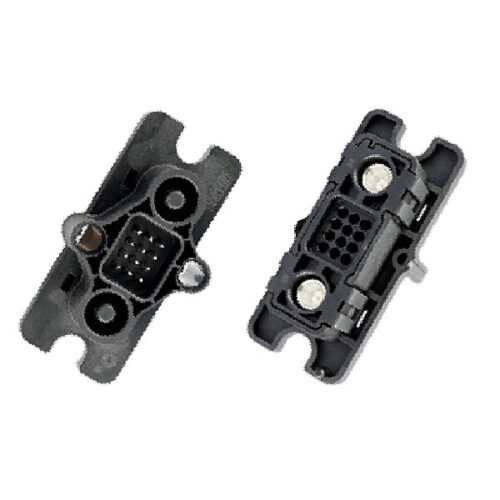
GF Series-2+12 Floating Connector
-
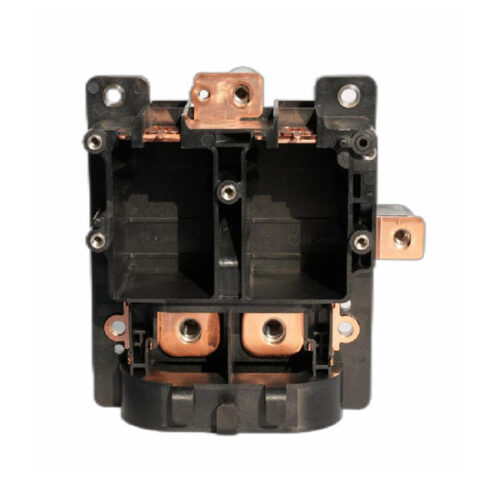
Filter copper bar assembly
-
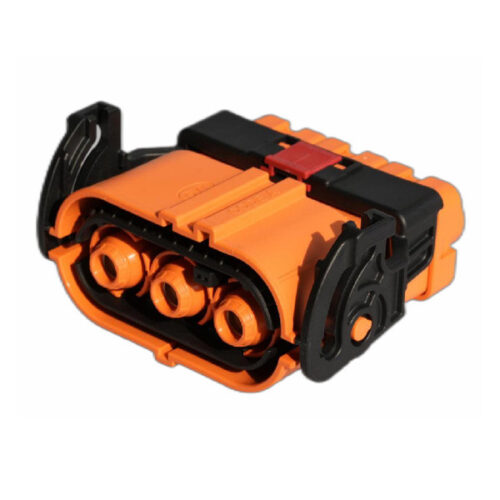
GH800 Series-3-core plastic high voltage connector
-
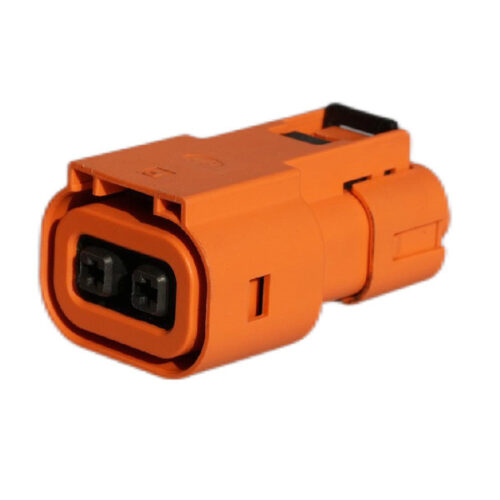
GH280 Series-2-core plastic high voltage connector
-
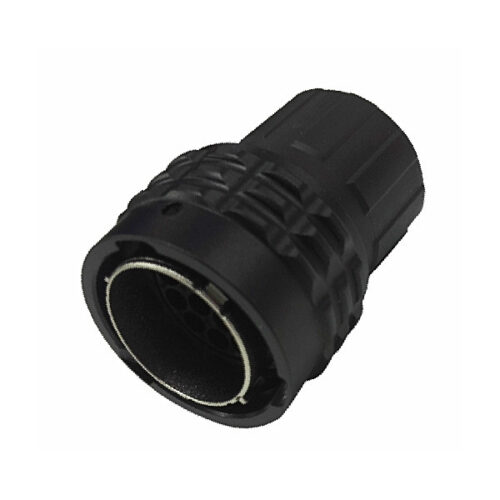
GR Series-19-core 16# circular signal connector
-
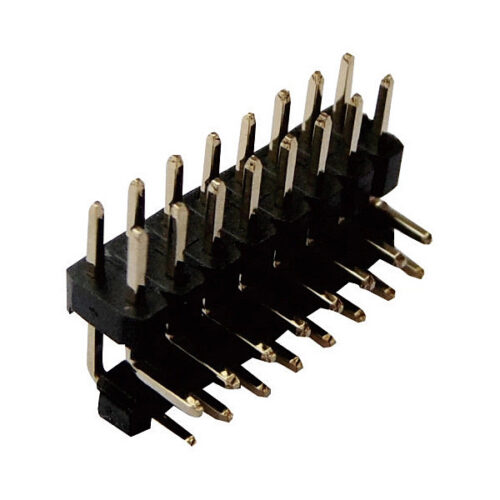
Pin header and female header
